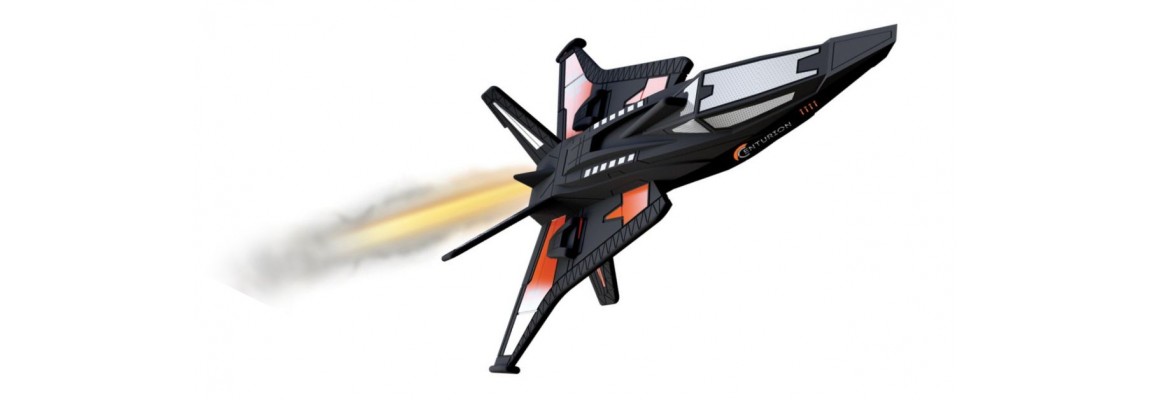Launching a model rocket is an exciting and educational experience, especially when you can enhance the event with creative payloads. Educators can use these payloads to teach a wide range of STEM concepts while making the learning process more engaging for students. Let's explore four payload ideas for a model rocket launch that will spark curiosity and provide valuable learning opportunities.
1. Experiment With Altimeters
Altimeters are small devices that measure altitude, making them an excellent payload choice for a model rocket launch. These devices allow students to gather real-time data on how high their rockets travel.
After the launch, students can analyze the data, compare it to their predictions, and discuss factors that might have influenced the rocket's performance, such as wind conditions or launch angle. This hands-on experiment can help students better understand principles of physics, such as gravity and aerodynamics, while also introducing them to the basics of data collection and analysis.
2. Capture the Launch With a Camera
Adding a small camera to the payload is a fantastic way to capture the entire launch process from a unique perspective. Cameras can record the rocket's ascent, the view from the highest point of its flight, and the descent back to the ground.
Educators can use this footage to discuss concepts like acceleration, velocity, and the forces acting on the rocket during its flight. Additionally, students can analyze the recorded video frame by frame to measure the speed of the rocket at different stages, providing a visual and quantitative way to study motion and physics.
3. Test the Effects of Microgravity on Small Objects
One intriguing payload idea is to test how small objects, such as seeds or lightweight materials, react to the brief period of microgravity experienced during a rocket's flight. Students can prepare experiments by securing these items inside the payload compartment and then observing any changes post-launch.
For instance, you might investigate whether seeds germinate differently after experiencing microgravity or whether certain materials exhibit altered properties. This kind of experiment can inspire discussions about space science, the effects of gravity, and the conditions astronauts might experience in space.
4. Deploy a Parachute or Streamer for Recovery
A parachute or streamer deployment system is a practical and educational payload choice, especially if you're focusing on the recovery phase of the rocket launch. By adding a small parachute or streamer to the payload, students can learn about the importance of safe recovery systems in aerospace engineering.
They can also explore how the size and material of the parachute or streamer affect the rocket's descent speed and landing accuracy. This experiment can lead to broader discussions about drag, air resistance, and the engineering challenges of designing recovery systems for real-world rockets.
As educators, you can enhance your teaching toolkit and inspire your students to reach new heights with these four payload ideas for a model rocket launch. The next time you're planning a rocket launch, consider these ideas and make sure to equip your students with a model rocket kit with a launch pad.
These simple additions can turn a basic launch into an unforgettable educational experience. Visit AC Supply today to view our Estes rocket launch kits!


